This year, millions of Americans will undergo radiology scans to help pinpoint a health problem they're experiencing. Patients increasingly want more information about what's happening in their bodies, so it's not surprising that the number of scans performed in the U.S. has quadrupled over the past decade. What is surprising is that most patients have never met the doctors who actually read those scans nor understand what radiologists do. As a result, many patients aren't getting all the information they need to make the most informed decisions about their care.
As a radiologist, I've interpreted tens of thousands of scans in my 12-year career. In most cases, I pass the information on to the ordering physician, who then relays that interpretation to the patient. Often times, the patient has follow up questions, so I try to work as closely as possible with physicians to provide them with the answers they need.
Unfortunately, these lines of communication aren't always that open, leaving patients unsure of where to turn when they don't understand what they've been told or what diagnosis they're facing. A recent study out of Indiana University found that two-thirds of patients who underwent a CT scan had little to no idea what radiologists do. As a result, it's difficult to know whether the information we provide aligns with what patients need to make good decisions.
Luckily, there is a growing recognition among radiologists that this needs to change. Last year, the Radiological Society of North America launched a physician-directed initiative to improve communication with patients and better connect radiology practice with patients' needs and best interests.
There are also a growing number of radiologists, including myself, who are using digital technology to come out from the behind the scenes and communicate directly with patients. Using a computer, patients can now upload their scans to secure sites and talk one on one with some of the nation's leading radiologists about their scans. Often times, these second looks will confirm a diagnosis. Other times, they catch mistakes, prevent unnecessary procedures and ease anxiety. In all cases, they empower patients with more information.
As radiology increasingly plays a central role in our health care system, we need to make sure the information patients receive is clear, accurate and useful in their decision-making process. Providing them more opportunities to interact with the doctors who actually read their scans will only help to make that process even more meaningful.
Dr. Greg Goldstein of MetisMD is a leading Chicago-based radiologist.
For more health news, click here.